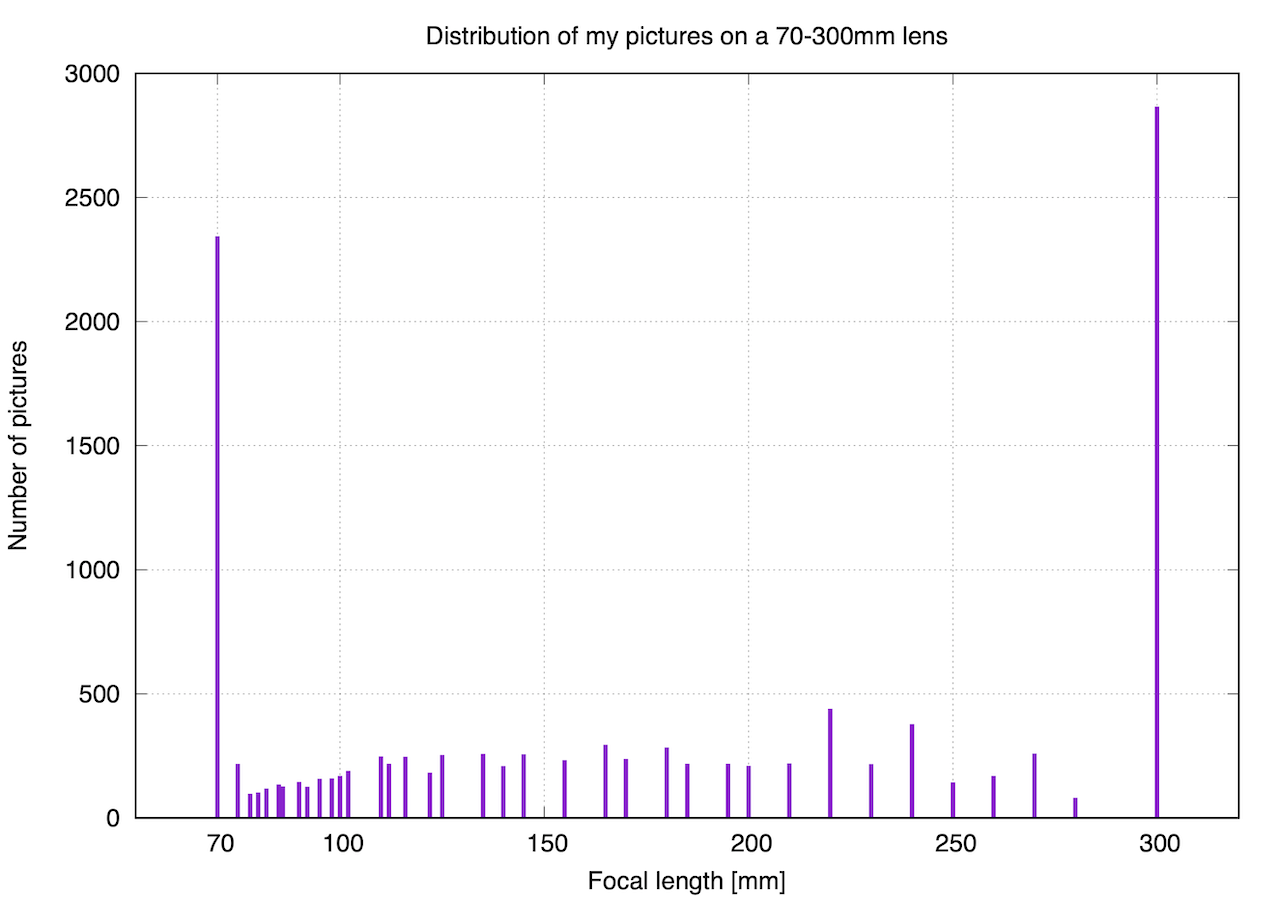Prime lenses
Lenses designed for a specific focal length
You get to appreciate prime lenses as you develop as a photographer. Once you can no longer zoom, you realize you have to work harder, come closer, move further to frame your picture, all of a sudden you start looking at things differently.
Why do people like prime lenses?
- Technically, lens designers have it easier if they have less parameters to worry about. A prime lens is usually lighter, faster and all around better than a zoom lens that has to do many things at once.
- It is actually related to the above, a number of specialized lenses like tilt/shift and macros are also easier and more common as fixed focal length lenses.
- But the main reason why primes are so much loved in my opinion is a bit different. Primes force you to think more about what you see and how you want to capture something. You end up being more integrated into the process. It is no longer OK to just point and shoot. At least for me that has been the most interesting aspect of it.
But then I have to buy many lenses
That is not really true, just like when you have a universal zoom you do not use all focal lengths equally, depending on what you are interested in you will probably need 2 or 3 prime lenses. Basically something wider and something that is a bit longer will do.
Ask many photographers if they could choose one lens what they would take, a good number of them would probably say a prime lens, probably a 35mm. Weight and price also a factor in this, they are among the lightest and cheapest lenses you can usually find.
The truth is, you will probably buy a few as part of an addiction, and then not use them as much as you thought you would, and sometimes you will still take your universal zoom with you, just because you think you may not have the right lens when you need it.
Different focal lengths
Here is a very rough table to categorize the primes. Note that, it has a lot to do with what you like to do. I list the normal focal length and the (approximate) corresponding focal length when the same lens is used on an APS-C camera
| Type | Focal length | Focal length (APS-C) | Notes |
|---|---|---|---|
| Fisheye | 15mm or less | 10mm or less | Distorts a lot, a bit gimmicky and tricky to use |
| Wide | 18 to 24mm | 12 to 18mm | It is not very easy to work with very wide lenses. For things where it works, it is great, indoors, architecture. |
| Normal | 35 to 50mm | 24 to 35mm | Versatile and popular range, people, cities, basically everything |
| Telephoto | 85 to 120mm | 120 to 180mm | Portraits, close-ups, animals, much larger, and less practical |
| Long lenses | 180mm or more | 200mm or more | Specialized use, sports, wildlife. These will be heavy and big |
Read also the discussion on why to combine APS-C and full frame cameras to get the illusion that you have more lenses than you own. For example 24mm, 50mm, 105mm could give you effectively (24, 35, 50, 75, 105, 150). Once you do, you will probably realize you do not need so many.
Best advice, get one smaller practical prime (24mm, 35mm, or 50mm) and experiment with it first. Instead of needing more, you will probably spend more time trying to make that lens work. I found that always a rewarding and fun activity.
Prime lenses on this wiki
Nikon Z 40, Nikon 100, Nikon 180, Nikon 135, Nikon 85, Nikon 50, Nikon 20, Nikon 24, Nikon 35
These pages are for Amateur Photographers and not really for seasoned photographers and professionals. I have no affiliation or commercial interest with any brand/make. I write from my own experience. I ended up using mainly Nikon, so I am more familiar with this brand than others. See price for notes on pricing as well as photography related links.
